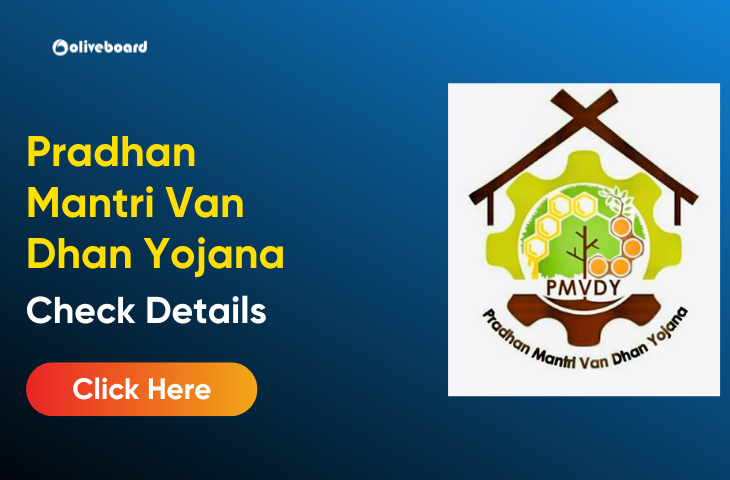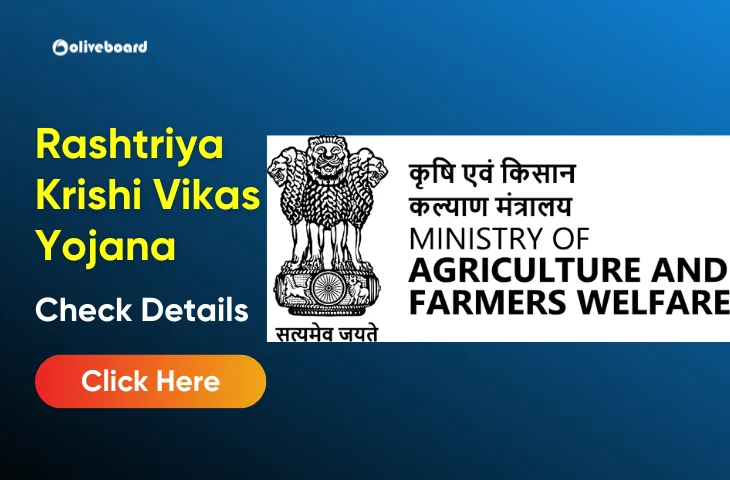Rashtriya Krishi Vikas Yojana 2024
The Rashtriya Krishi Vikas Yojana (RKVY) – Remunerative Approaches for Agriculture and Allied sector Rejuvenation (RAFTAAR) aims to make farming more profitable. Rashtriya Krishi Vikas Yojana supports farmers, reduces risks, and encourages agricultural entrepreneurship, all to improve India’s agriculture sector.
Overview table of Rashtriya Krishi Vikas Yojana
| Aspect | Details |
| Name | Rashtriya Krishi Vikas Yojana (RKVY) – Remunerative Approaches for Agriculture and Allied sector Rejuvenation (RAFTAAR) |
| Objective | To transform farming into a lucrative economic endeavor, revitalize the agricultural landscape, and empower farmers and stakeholders in India. |
| Key Features | – Incentivizing states to increase public investment in agriculture and allied sectors. – Providing flexibility and autonomy to states in planning and executing schemes. – Mandating the preparation of agriculture plans at district and state levels based on local needs and priorities. – Focused interventions to reduce yield gaps and maximize returns for farmers. |
| Funding Pattern | – North Eastern States: 90% central government, 10% state government. – Union Territories: 100% central government. – Other states: 60% central government, 40% state government. |
| Project Screening & Approval Mechanisms | – State Level Project Screening Committee (SLPSC) evaluates proposals. – State Level Sanctioning Committee (SLSC) sanctions projects recommended by SLPSC. |
| Detailed Project Reports (DPRs) | – Must adhere to a specific format including feasibility studies, implementing agency competencies, benefits, and timelines. – Large projects (> Rs. 25 crore) require third-party evaluation and consultation with Central Ministries. |
| Benefits | – Strengthening pre and post-harvest agri-infrastructure. – Providing autonomy to States. – Promoting value chain addition to increase farmer income. – Mitigating risks through additional income generation activities. – Empowering youth through skill development and agri-entrepreneurship. |
| Eligibility | RKVY operates as a State Plan Scheme, eligibility based on State Plan Budget allocations for Agriculture and allied sectors. |
| Exclusions | Specifies activities not eligible for funding including debt waivers, foreign visits, and purchase of vehicles. |
| Application Process | Proposals can be submitted offline to States or to the Small Farmers Agri-Business Consortium (SFAC) at the national level. Projects approved by SLSC proceed to implementation after agreement signing. |
| Conclusion | RKVY-RAFTAAR aims to transform farming into a profitable enterprise, address crucial challenges, and empower stakeholders, ushering in prosperity and sustainability in Indian agriculture. |
राष्ट्रीय कृषि विकास योजना 2024
राष्ट्रीय कृषि विकास योजना (RKVY), जिसे बाद में रेम्यूनरेटिव एप्रोचेस फॉर एग्रीकल्चर एंड एलाइड सेक्टर रिजुवेनेशन (रफ़्तार) के नाम से पुनर्ब्रांड किया गया, का उद्देश्य 4% वार्षिक कृषि वृद्धि प्राप्त करने में कृषि क्षेत्र की सहायता करना है।
- कृषि को मुख्य आर्थिक गतिविधि बनाना:
- RKVY का प्रमुख उद्देश्य कृषि को बढ़ावा देना है।
- यह रिस्क मिटिगेशन पर ध्यान केंद्रित करता है और किसानों के प्रयास को मजबूत करने की दिशा में काम करता है।
- इसके साथ ही, यह एग्री-बिजनेस उद्यमिता को बढ़ावा देने के लिए आवश्यक एग्री-इंफ्रास्ट्रक्चर बनाने की दिशा में काम करता है।
- राज्यों को स्वायत्तता और लचीलापन:
- RKVY राज्यों को योजनाओं की योजना और कार्यान्वयन में काफी लचीलापन और स्वायत्तता प्रदान करता है।
- राज्य अपनी स्थानीय आवश्यकताओं के आधार पर पहल कर सकते हैं।
- किसानों की आय बढ़ाना:
- योजना का उद्देश्य किसानों की आय को बढ़ाना है:
- उत्पादकता को प्रोत्साहित करके।
- मूल्य श्रृंखला जोड़ी उत्पादन मॉडल्स को प्रोत्साहित करके।
- मशरूम उत्पादन, एकीकृत कृषि, और फूलोकल्चर
- योजना का उद्देश्य किसानों की आय को बढ़ाना है:
Rashtriya Krishi Vikas Scheme Objective
The Rashtriya Krishi Vikas Scheme, which was later rebranded as Remunerative Approaches for Agriculture and Allied sector Rejuvenation (RAFTAAR), was introduced with the aim of supporting the agricultural sector in achieving 4% annual agriculture growth. Let’s delve into the objectives and significance of this scheme:
- Developing Farming as the Main Source of Economic Activity:
- The primary objective of RKVY is to promote farming as a significant contributor to the economy.
- It focuses on risk mitigation and aims to strengthen farmers’ efforts.
- Additionally, it encourages agri-business entrepreneurship by creating necessary agri-infrastructure.
- Autonomy and Flexibility for States:
- RKVY provides considerable flexibility and autonomy to states in planning and executing programs.
- States can design and implement initiatives based on their local needs.
- Increasing Farmers’ Income:
- The scheme aims to enhance farmers’ income by:
- Encouraging productivity.
- Promoting value chain addition linked production models.
- Focusing on income generation through activities like mushroom cultivation, integrated farming, and floriculture.
- The scheme aims to enhance farmers’ income by:
- Empowering Youth and Skill Development:
- RKVY emphasizes youth empowerment through skill development, innovation, and agri-business models.
- Recent Updates:
- In 2020-21, the Ministry of Agriculture funded startups under the innovation and agri-entrepreneurship component of RKVY.
- This initiative aims to support startups in the agriculture and allied sectors.
Rashtriya Krishi Vikas Yojana Features
The Rashtriya Krishi Vikas Yojana (RKVY) is a cornerstone of agricultural progress in India, offering various features to improve farming. It aims to increase farm productivity, boost incomes, and ensure sustainable livelihoods in rural areas.
Incentivizing States
- Encouraging increased public investment in Agriculture and allied sectors by incentivizing states.
- Providing states with flexibility and autonomy in planning and executing agricultural schemes.
- Mandating the preparation of agriculture plans at the district and state levels based on agro-climatic conditions and resource availability.
- Ensuring better reflection of local needs and priorities in state agricultural plans.
- Focused interventions to reduce yield gaps in important crops and maximize returns for farmers.
Funding Pattern
- North Eastern States: 90% from the central government and 10% from the State government.
- Union Territories (UT): 100% funding from the central government.
- All other states: 60% from the central government and 40% from the State government.
Project Screening and Approval Mechanisms
- State Level Project Screening Committee (SLPSC): Responsible for evaluating RKVY-RAFTAAR project proposals, chaired by the Agriculture Production Commissioner or nominated officer.
- State Level Sanctioning Committee (SLSC): Empowered to sanction projects recommended by SLPSC, chaired by the Chief Secretary of the State with representation from the Government of India.
Detailed Project Reports (DPRs)
- DPRs must adhere to a specific format provided to states, encompassing feasibility studies, implementing agency competencies, anticipated benefits, and implementation timelines.
- Large projects exceeding Rs. 25 crore require third-party “techno-financial evaluation” and consultation with concerned Central Ministries.
DPR Format
- Includes sections such as Context/Background, Problems Addressed, Aims and Objectives, Strategy, Target Beneficiaries, Management, Finance, Time Frame, Cost Benefit Analysis, Risk Analysis, Outcomes, and Evaluation.
Remunerative Approaches for Agriculture and Allied sector Rejuvenation Benefits
Remunerative Approaches for Agriculture and Allied sector Rejuvenation (RAFTAAR) aims to improve farming in India by offering various benefits.
- Strengthening farmers’ efforts through pre and post-harvest agri-infrastructure.
- Providing autonomy to States in scheme execution.
- Promoting value chain addition to increase farmer income.
- Mitigating farmers’ risks through additional income generation activities.
- Empowering youth through skill development and agri-entrepreneurship.
Rashtriya Krishi Vikas Yojana Eligibility Criteria
- RKVY operates as a State Plan Scheme, eligibility based on State Plan Budget allocations for Agriculture and allied sectors.
- Eligible sectors include Crop Husbandry, Animal Husbandry and Fisheries, Agricultural Research and Education, Forestry and Wildlife, among others.
Exclusions
- Specifies activities not eligible for funding under RKVY-RAFTAAR, including debt waivers, foreign visits, and purchase of vehicles.
Rashtriya Krishi Vikas Scheme Application Process
The Rashtriya Krishi Vikas Scheme application process is a crucial step for farmers seeking support. It’s their way to access benefits and resources offered by the scheme. Through this process, farmers aim to improve their farming practices and boost rural development.
- Proposals can be submitted offline directly to States or to the Small Farmers Agri-Business Consortium (SFAC) at the national level.
- Projects approved by the State Level Sanctioning Committee (SLSC) proceed to implementation after agreement signing between the State Government and Project Promoter.
Conclusion
RKVY-RAFTAAR stands as a beacon of hope for the agricultural sector, aiming to transform farming into a profitable enterprise while addressing crucial challenges and empowering farmers and stakeholders across the nation. Through its comprehensive framework and targeted interventions, it endeavors to usher in a new era of prosperity and sustainability in Indian agriculture.
Frequently Asked Questions
Ans: The RKVY-RAFTAAR aims to transform farming into a lucrative economic endeavor by bolstering farmers’ efforts, mitigating risks, and fostering agri-business entrepreneurship, thereby revitalizing the agricultural landscape of India.
Ans: Key features include incentivizing states to increase public investment in agriculture, providing flexibility in planning and executing agricultural schemes, mandating the preparation of agriculture plans at district and state levels, and focused interventions to reduce yield gaps and maximize returns for farmers.
Ans: Funding varies based on the region. For North Eastern States, it’s 90% from the central government and 10% from the State government, for Union Territories, it’s 100% funding from the central government, and for all other states, it’s 60% from the central government and 40% from the State government.
Ans: Project proposals are evaluated by the State Level Project Screening Committee (SLPSC) and sanctioned by the State Level Sanctioning Committee (SLSC), ensuring proper evaluation and approval of projects at the state level.
Ans: Proposals can be submitted offline directly to states or to the Small Farmers Agri-Business Consortium (SFAC) at the national level. Projects approved by the State Level Sanctioning Committee (SLSC) proceed to implementation after an agreement is signed between the State Government and the Project Promoter.
- GA Questions Asked In SBI PO Mains 2025, 5th May Analysis
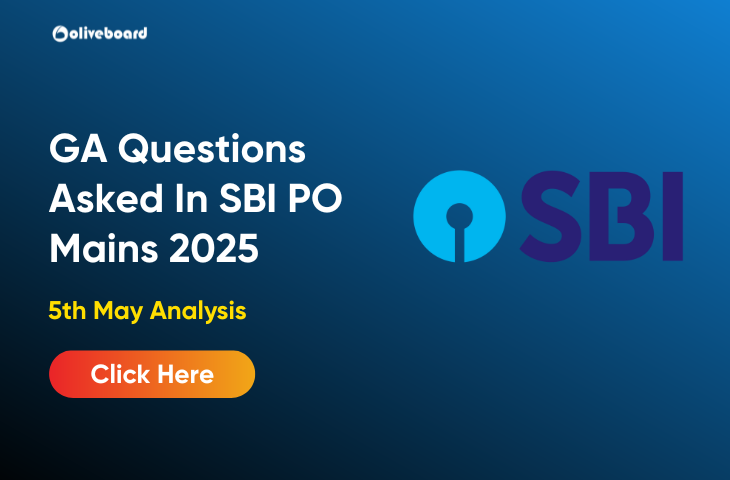
- Pradhan Mantri Suraksha Bima Yojana 2024 Overview & Benefits
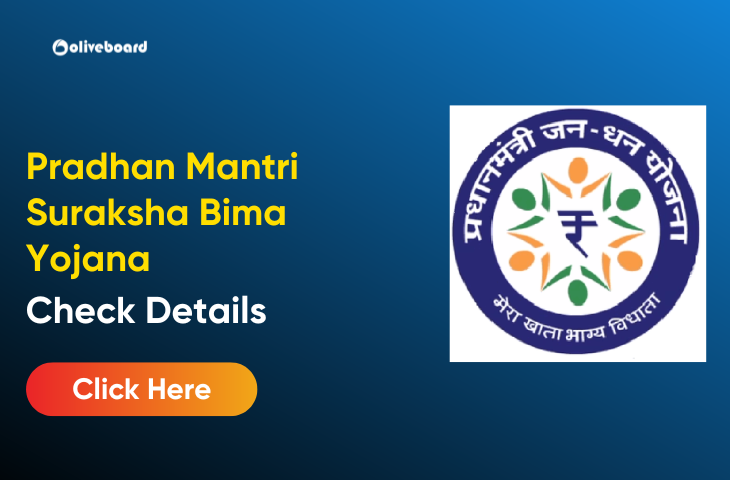
- Central Government Schemes 2024, List of Schemes under Every Ministries
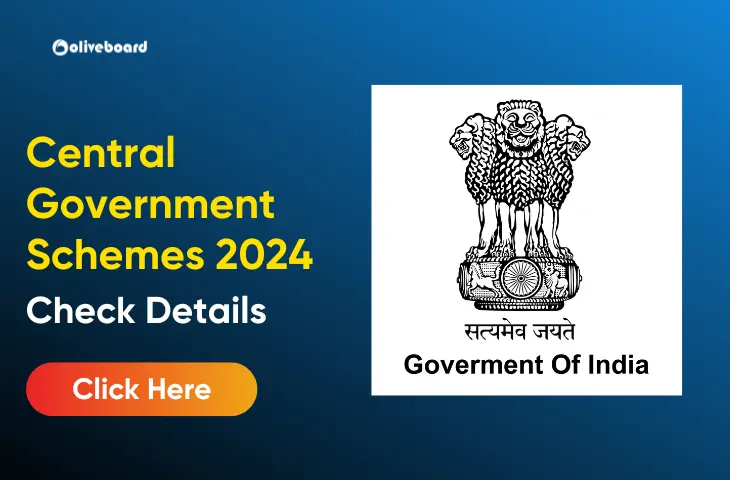
- Pradhan Mantri Swasthya Suraksha Yojana (PMSSY) 2024
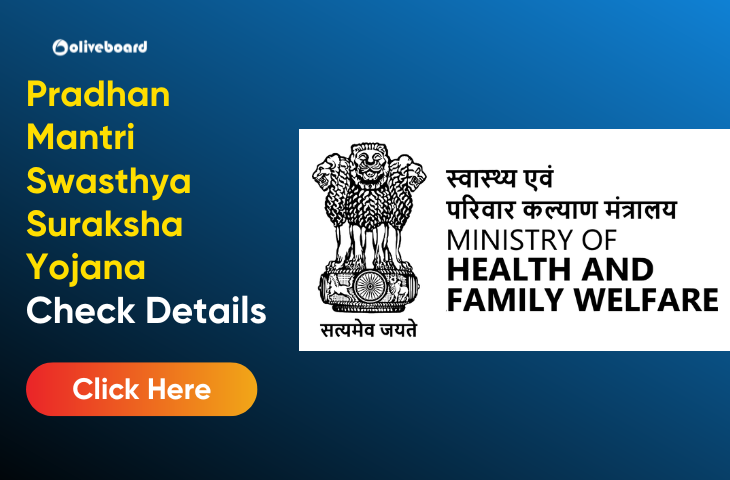
- Pradhan Mantri Gramodaya Yojana 2024 Features & Benefits
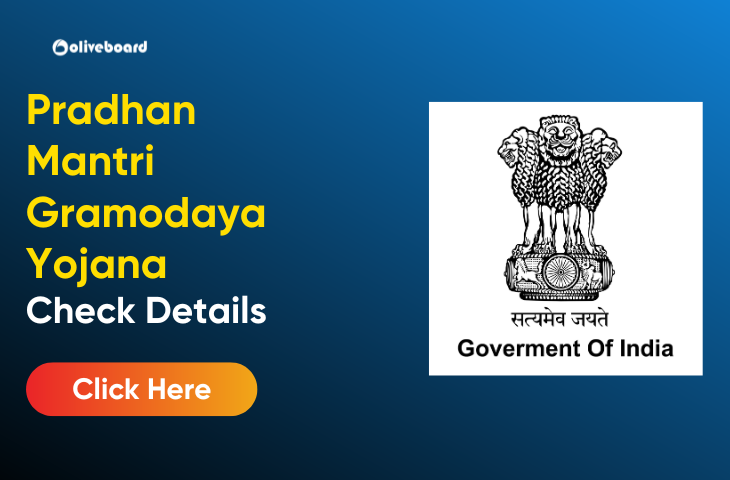
- Pradhan Mantri Van Dhan Yojana 2024, Features, Components & Stages
